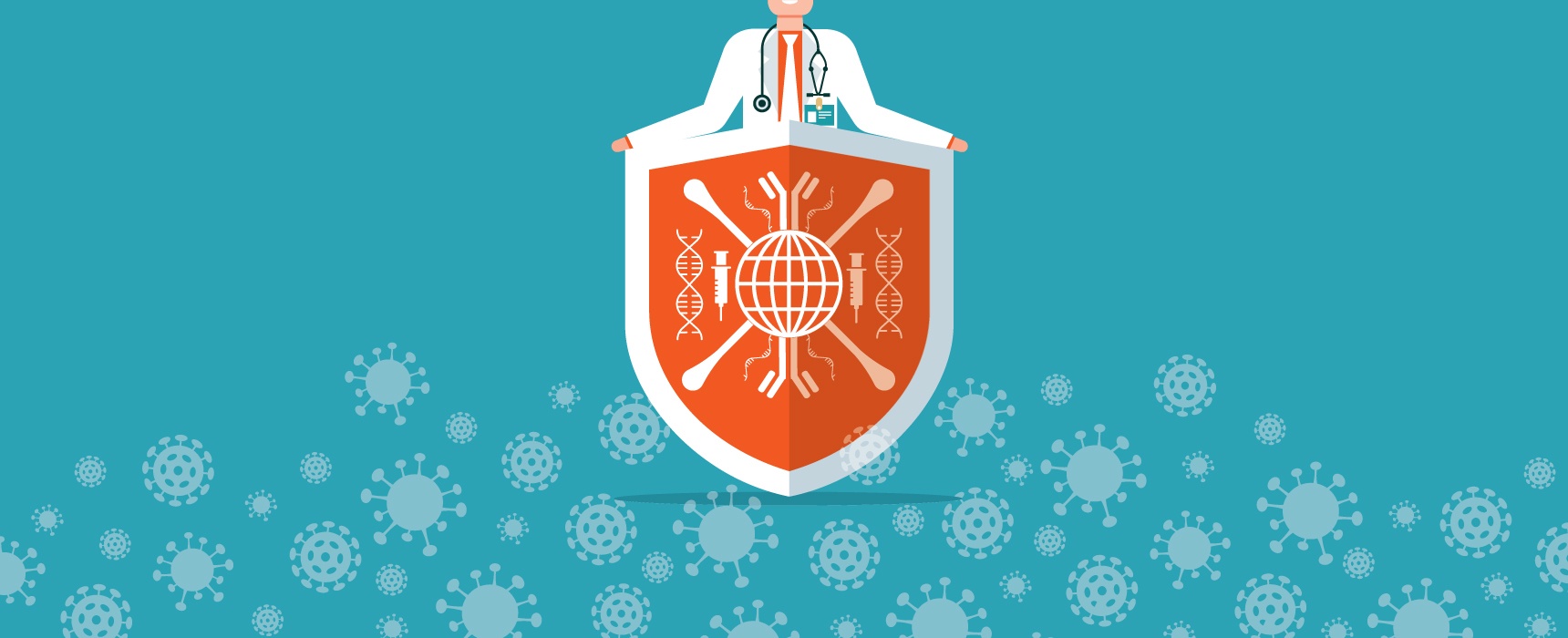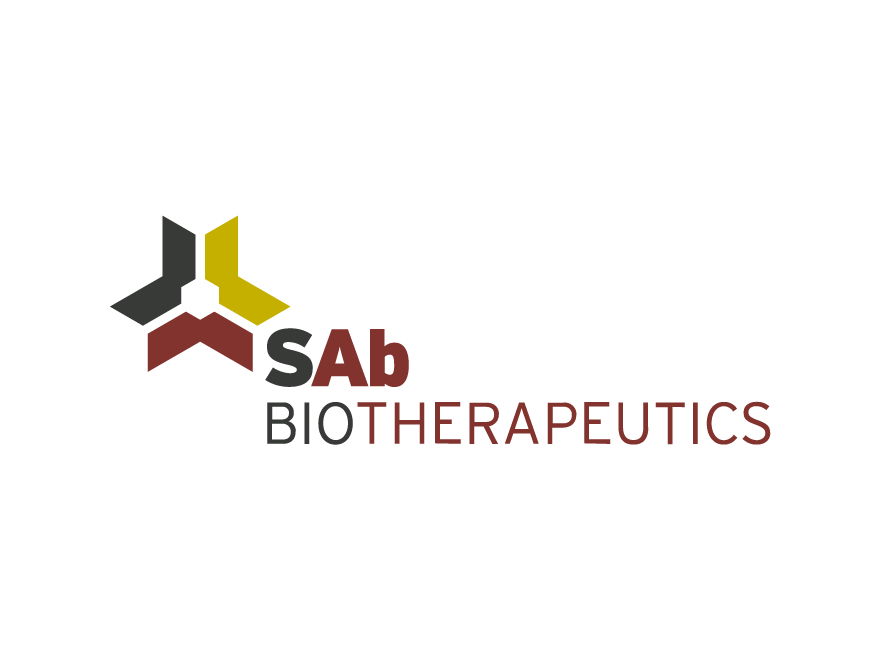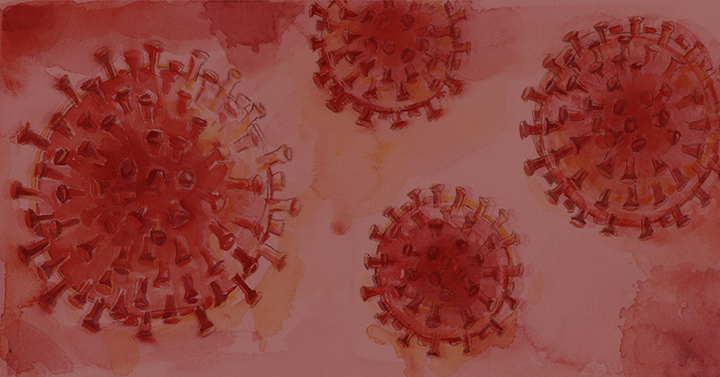BY SANDI WONG, ASSISTANT EDITOR | APR 24, 2020 | 6:48 PM CDT
SAB had already been working with the U.S. Department of Defense to prepare its human polyclonal antibody platform for rapid responses to new infectious diseases when COVID-19 emerged. The company has since applied its DiversitAb platform to generate SAB-185, a cow-derived human polyclonal antibody therapy that is more consistent and easier to scale up than convalescent plasma from recovered COVID-19 patients.
SAB Biotherapeutics Inc. co-founder and CEO Eddie Sullivan told BioCentury it expects initial lots of SAB-185, which targets the SARS-CoV-2 spike protein, to be ready for clinical testing in early summer.
The DoD had granted Sioux Falls, S.D.-based SAB a three-year contract starting in September for up to $27 million to develop and test a rapid response antibody program to counter biological threats. Prior to the COVID-19 outbreak, the company had begun work on building out its antibody platform and scaling up its manufacturing process.
SAB’s DiversitAb platform generates human polyclonal antibodies in cows that have been genetically engineered to contain the full set of human antibody genes (see “SAB: Human Polyclonal Antibodies on the Hoof”).
“None of us, when we started the contract, expected that we would have a worldwide pandemic on our hands during the time that we’re trying to work with the Department of Defense and build the technology in order to be able to rapidly respond,” said Sullivan.
“These animals essentially represent an unlimited supply from a single donor.” Eddie Sullivan, SAB
Prior data from a Phase I study of SAB’s Middle East respiratory syndrome (MERS) polyclonal antibody showed that the program did not induce production of any anti-drug antibodies, which Sullivan said provided a “considerable amount of comfort” to the company and to regulatory authorities regarding the safety of its platform candidates.
In early April, DoD and the Biomedical Advanced Research Development Authority (BARDA) granted SAB $7.2 million to support preclinical and manufacturing studies of SAB-185. And on April 16, the agencies awarded SAB up to an additional $9.4 million to expand the scope of its rapid response contract.
AVOIDING SUPPLY, MANUFACTURING ISSUES
One of the advantages of SAB’s approach over collecting antibodies from convalescent plasma is that blood can be repeatedly collected from the same immunized cows for at least four years, eliminating donor-to-donor variations in antibody responses.
“These animals essentially represent an unlimited supply from a single donor,” said Sullivan.
Using antibodies from the same cows also reduces the likelihood of antibody aggregation, which Sullivan said can arise when pooling convalescent plasma from different donors.
Sullivan added that cows immunized against other pathogens have produced large volumes of plasma with neutralizing antibody titers “significantly higher than convalescent plasma” from a human donor. The company hasn’t yet established anti-SARS-CoV-2 neutralizing antibody titer differences between the cows and recovered patients, but Sullivan said that cows immunized against the flu had generated neutralizing titers up to 64 times higher than humans.
While high neutralizing antibody titers typically translate to better protection against infection, the jury is still out on whether this applies to SARS-CoV2; the question is being evaluated in an FDA-sponsored centralized trial of convalescent plasma for COVID-19 (see “Collaboration, Standardization Will Bring Access to Convalescent Plasma”).
SAB’s cows are immunized every 28 days, and plasma can be collected from each animal three times a month for a monthly total of about 35-45 L, Sullivan told BioCentury. By contrast, a single human plasma donation generates about 1 L, and acquiring the plasma in the first place requires the extra step of screening prospective donors for COVID-19 antibodies.
SAB can apply existing purification methods for human plasma to obtain intravenous immunoglobulin (IVIG) from cow plasma. “We’re just following what has been done for a long time in these types of situations as far as how we produce this material,” said Sullivan.
The company also gained manufacturing capacity for SAB-185 through an April 8 partnership with the CSL Behring unit of CSL Ltd. (ASX:CSL), which has significant clinical, regulatory and production experience for IVIG products.
Using the cows’ first immunization as the starting point, Sullivan said SAB can produce in about nine weeks enough GMP-grade product for clinical evaluation. At this point, the material still needs to pass quality control assays, which SAB is running in parallel with preclinical studies to condense the timeline to IND submission and review.
Further analysis of the coronavirus crisis can be found at https://www.biocentury.com/coronavirus.
https://www.biocentury.com/article/305006



